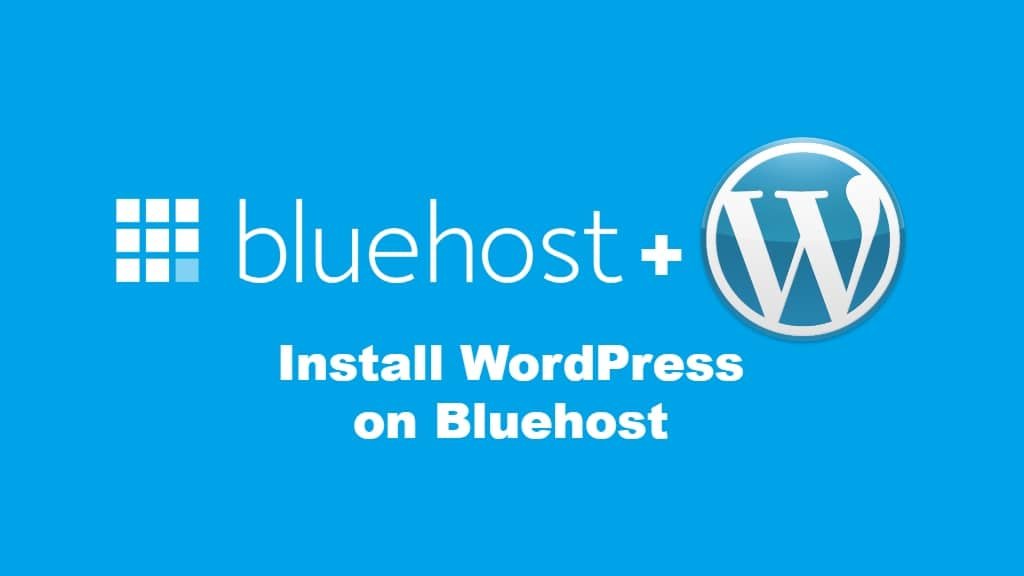WordPress is a powerful content management system (CMS) that has revolutionized the way people create, manage, and maintain websites. It has become the go-to platform for bloggers, businesses, and organizations looking for a user-friendly and feature-rich way to establish their online presence. In this article, we will delve into the world of WordPress, explore its purpose, and explain how it works.
What is WordPress?
WordPress is an open-source CMS that enables users to create and manage websites with ease. Launched in 2003 by Matt Mullenweg and Mike Little, it has since become the most popular website-building platform worldwide. Built on PHP and MySQL, WordPress offers a flexible and customizable framework for building websites, blogs, and e-commerce stores.
What is WordPress for?
WordPress is designed to help users create and manage websites without extensive technical knowledge. Its primary uses include:
a) Blogging: Initially developed as a blogging platform, WordPress continues to be a popular choice for bloggers looking to share their thoughts, experiences, and ideas with the world.
b) Business websites: Companies and organizations of all sizes use WordPress to create professional-looking websites to showcase their products, services, and brand.
c) E-commerce stores: With the help of plugins like Woo Commerce, WordPress can be transformed into a full-fledged e-commerce platform, allowing businesses to sell products and services online.
d) Portfolios: Creative professionals such as photographers, artists, and designers use WordPress to create visually appealing portfolios to showcase their work.
e) Online communities: WordPress can also be used to build online forums, membership sites, and social networks, thanks to its extensive range of plugins and themes.
How does WordPress work?
At its core, WordPress operates using the following components:
a) Core: The core is the foundation of WordPress, containing the essential features and functionality of the CMS. It is continually updated and maintained by a dedicated team of developers.
b) Themes: WordPress themes determine the appearance and layout of a website. Thousands of free and premium themes are available, making it easy for users to customize the look of their site without needing to know how to code.
c) Plugins: Plugins are add-ons that extend the functionality of WordPress. With over 58,000 plugins available, users can add features such as contact forms, image galleries, and SEO tools to their websites with just a few clicks.
d) Database: WordPress uses a MySQL database to store all the content and data related to a website, including posts, pages, and user information.
To build a website with WordPress, users follow these general steps:
- Obtain a domain name and web hosting: A domain name is the unique address of a website (e.g., www.example.com), while web hosting is the service that stores the website’s files and makes them accessible online. Many web hosting providers offer easy WordPress installation as part of their services.
- Install WordPress: Once the domain and hosting are set up, users can install WordPress by following their hosting provider’s instructions or by manually downloading and installing the software from the WordPress.org website.
- Choose a theme: Users can browse the WordPress theme repository or purchase a premium theme to find the perfect design for their website.
- Customize the website: With the WordPress dashboard, users can create pages, write blog posts, add media, and adjust the site’s appearance and settings.
- Install plugins: Users can browse the WordPress plugin repository or purchase premium plugins to add specific features and functionality to their website.
- Publish and maintain the website: Once the website is ready, users can publish it and continue to update and maintain it using the WordPress dashboard.
Conclusion
WordPress is a versatile and powerful CMS that has made it
easier than ever for individuals and businesses to create and maintain websites. With its user-friendly interface, extensive library of themes and plugins, and a strong community of developers and users, WordPress has become the go-to platform for various types of websites, from blogs to e-commerce stores.
By understanding what WordPress is, what it’s for, and how it works, you can leverage this powerful platform to create a professional and functional online presence tailored to your specific needs. So, whether you’re a blogger, business owner, or creative professional, WordPress offers a flexible and customizable solution to help you achieve your online goals.


